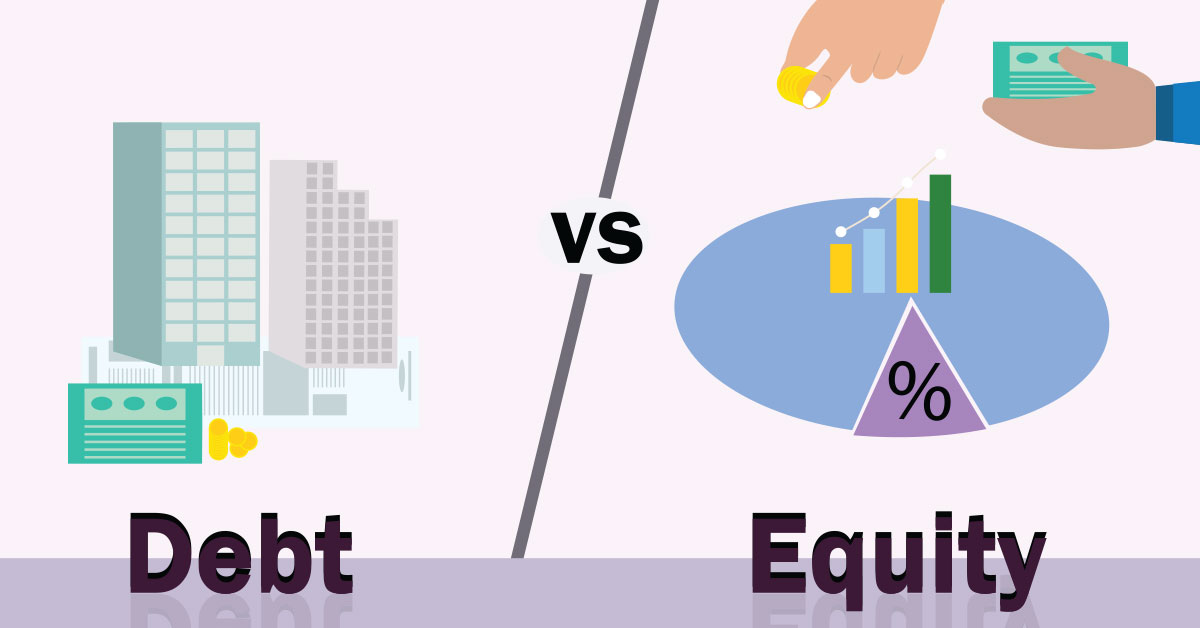
Posted on January 20, 2024 by MergerDomo
Leveraging Data Analytics for Investment Decisions: A Comprehensive Guide
In the ever-evolving landscape of finance, data analytics has emerged as a game-changer for investors and buyers. The ability to harness and analyze vast amounts of data provides unparalleled insights, enabling informed and strategic investment decisions. This article explores the transformative impact of data analytics on investment decisions from the perspective of investors and buyers, outlining key concepts, benefits, challenges, and the future trajectory of data-driven investment strategies.
“Understanding Data Analytics in Investments”
Understanding data analytics in investments is crucial for investors to navigate the complexities of financial markets and make well-informed decisions. Data analytics involves the use of advanced computational techniques to analyze vast datasets, uncover patterns, and derive meaningful insights. In the context of investments, data analytics plays a pivotal role in various aspects, ranging from market trend analysis to risk assessment and portfolio optimization. Let's delve deeper into the key components of understanding data analytics in investments:
1. Market Trend Analysis:
Data analytics enables investors to analyze historical market trends and identify patterns that may influence future market movements. Through the examination of price movements, trading volumes, and other market indicators, investors can gain insights into the behaviour of assets. This information is instrumental in making predictions about potential market trends, helping investors make informed decisions about when to buy or sell assets.
2. Risk Assessment:
Predictive analytics is used to assess and quantify risks associated with different investment options. By analyzing historical risk indicators and incorporating real-time data, investors can model potential risks and assess their impact on investment portfolios. This risk assessment allows for the creation of more resilient portfolios that can withstand market fluctuations.
3. Asset Valuation:
Valuing assets accurately is a fundamental aspect of investment decision-making. Data analytics facilitates asset valuation by allowing investors to analyze various factors such as earnings, cash flows, and market comparables. By employing quantitative models and valuation techniques, investors can determine the intrinsic value of securities, helping them make informed decisions about buying or selling assets.
4. Portfolio Optimization:
Portfolio optimization involves constructing a portfolio that maximizes returns at a given level of risk. Data analytics aids in this process by analyzing correlations between different assets and assessing their historical performance. Through optimization algorithms, investors can identify the optimal mix of assets that achieves the desired balance between risk and return.
5. Quantitative Analysis:
Data analytics in investments often involves quantitative analysis, which relies on mathematical models and statistical techniques to evaluate investment opportunities. Quantitative analysts, or quants, use historical data to develop models that can predict future price movements, identify anomalies in the market, and optimize trading strategies.
6. Alternative Data Usage:
With the advent of big data, investors are increasingly incorporating alternative data sources into their analytics. This includes non-traditional datasets such as social media sentiment, satellite imagery, and web scraping data. Integrating alternative data provides a more comprehensive view of market dynamics and can lead to unique investment insights.
7. Machine Learning Applications:
In investment analytics, machine learning—a branch of artificial intelligence—is becoming more and more important. Without explicit programming, machine learning algorithms are capable of analysing massive datasets, identifying patterns, and making predictions. Machine learning is used in the investing industry for activities including credit scoring, sentiment analysis, and algorithmic trading.
8. Data Visualization:
Communicating complex data findings is essential for effective decision-making. Data visualization tools enable investors to represent large datasets visually, making it easier to interpret trends and patterns. Charts, graphs, and dashboards enhance the understanding of data and support more informed investment decisions.
“Benefits of Data Analytics in Investment Decisions”
1. Informed Decision-Making:
With the abundance of information that data analytics offers, investors can make more reasoned and well-informed decisions. This improves results and lessens the need for intuition or gut instinct.
2. Improved Risk Management:
The ability to analyze and quantify risks enhances risk management strategies. Investors can identify potential pitfalls, assess the impact of adverse events, and implement risk mitigation measures effectively.
3. Enhanced Efficiency:
Data analytics automates and streamlines many aspects of the investment process. Tasks such as data collection, analysis, and reporting are performed more efficiently, allowing investors to focus on strategic decision-making.
4. Identification of Investment Opportunities:
By uncovering patterns and trends within large datasets, data analytics helps investors identify unique investment opportunities that may not be apparent through traditional analysis methods.
5. Real-Time Insights:
The speed at which data analytics processes information allows investors to access real-time insights. This is particularly crucial in fast-paced markets where timely decisions can make a significant difference.
“Challenges in Data-Driven Investment Decisions”
While the benefits of leveraging data analytics for investment decisions are substantial, there are challenges that investors must navigate:
1. Data Quality and Accuracy:
The correctness and quality of the data are prerequisites for the efficacy of data analytics. Incomplete or inaccurate data can result in faulty analysis and poor investment choices.
2. Data Security and Privacy:
Making sure that data is secure and private is crucial because investors deal with sensitive financial information. Adhering to data protection laws is a difficult task that needs close consideration.
3. Overreliance on Models:
Data analytics models are based on historical data and assumptions. Overreliance on these models without considering dynamic market conditions may lead to suboptimal decisions.
4. Interpretation Complexity:
Analyzing complex datasets can be challenging, especially for investors without a background in data science. Effectively interpreting results and translating them into actionable insights requires a certain level of expertise.
5. Integration with Traditional Methods:
Integrating data analytics seamlessly with traditional investment methods can be a hurdle. Overcoming this challenge involves creating a cohesive strategy that incorporates the strengths of both approaches.
“The Future Trajectory of Data-Driven Investments”
As technology advances and data analytics capabilities mature, the future of data-driven investments holds several exciting possibilities:
1. Artificial Intelligence (AI) Integration:
AI—in particular, machine learning—is going to become increasingly important in the process of making investment decisions. Smart algorithms are always learning from fresh data, allowing them to modify their tactics in response to changing market conditions.
2. Predictive Analytics Evolution:
Predictive analytics will continue to evolve, providing investors with increasingly accurate forecasts of market trends and potential investment opportunities. This evolution will be fuelled by the incorporation of alternative data sources and improved modelling techniques.
3. Blockchain Technology:
Transparency, traceability, and security in financial transactions can all be improved by integrating blockchain technology with data analytics. Blockchain-powered smart contracts have the potential to automate many elements of investment management.
4. Robo-Advisors and Automated Decision-Making:
Robo-advisors, powered by data analytics and AI, are becoming more prevalent. These automated investment platforms use algorithms to provide personalized advice and execute trades, offering a cost-effective and efficient alternative for investors.
5. Increased Emphasis on ESG Data:
“Environmental, Social, and Governance (ESG)” is gaining prominence in investment decisions. Investors are increasingly using data analytics to evaluate the sustainability and ethical practices of companies, aligning their portfolios with ESG principles.
“Conclusion”
Data analytics has transformed the investment landscape, empowering investors and buyers with unprecedented insights and decision-making capabilities. From market trend analysis to risk assessment and portfolio optimization, the applications of data analytics in investments are vast and growing. While challenges exist, the benefits of informed decision-making, improved risk management, and enhanced efficiency underscore the undeniable impact of data analytics on investment decisions.
The future of investing is expected to change as a result of the convergence of blockchain, artificial intelligence, and robo-advisors. Investors can get a competitive edge in the ever-complex and ever-changing financial market by adopting these technology improvements and navigating the obstacles associated with making decisions based on data. In the end, using data analytics to inform investment decisions is not merely a fad; rather, it represents a fundamental change that will determine buyers' and investors' success in the years to come.




